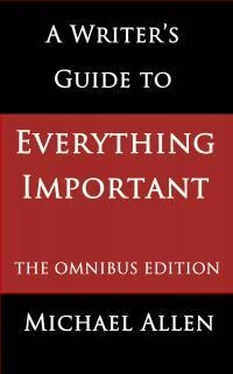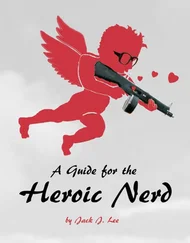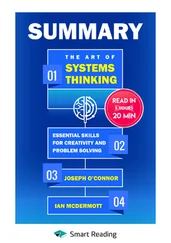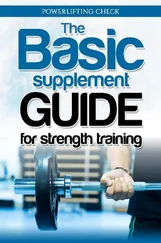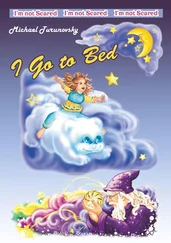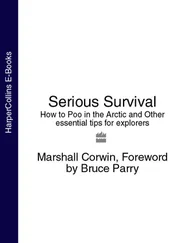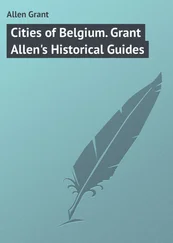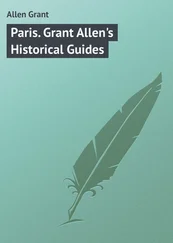I have written half a dozen non-fiction books, most of them intended to be of help to writers. For example, this is the second in my Writer’s Guide series, the first one being about emotion. In related fields, I have written various drama scripts which have been professionally produced on the stage, radio, and television.
For about 25 years I was a director of two small publishing companies, and hence saw something of the book world from a publisher’s perspective as well as an author’s.
As of today I have about 60 separate publications available in Kindle format, under various names.
I am an Englishman, and most of my experience has been in UK publishing; many of the examples that I give will therefore be from an English context (though the rest of the world doesn’t behave any differently). All spelling follows English conventions: colour instead of color, for example.
I was never a full-time writer, and my working life was spent in education; as a result, my instinct is always to pass on useful information. In addition, a Professor at Cambridge University once remarked to me that, if you ever do any research, you should always publish your results – otherwise your efforts are wasted. I agree. That’s why I’ve taken the trouble to write this book.
2. Overview
It doesn’t sound very enticing, does it? A Writer’s Guide to Viewpoint . (Also known as the point of view.) Sounds bloody boring. But actually viewpoint is one of the most important weapons in a writer’s armoury. It may be immodest to say so, but in my opinion this ebook is worth every penny of the asking price.
The way in which a writer handles the point of view from which the story is told is what sorts out the professionals from the amateurs. It has an amazingly powerful influence over the extent to which you can make your reader feel emotion. And, if you’ve read my ebook A Writer’s Guide to Emotion, you will know by now that emotion is what determines whether a short story or a novel works or not.
A story that works, by the way, is one that your target reader will pick up with a sense of anticipation, become interested in within a page or two, and will continue to read till the end (‘I could hardly put it down’). At the end, your reader will feel a deep sense of satisfaction. This feeling – indeed it is ideally a powerful emotion – will be so strong, in fact, that the reader will immediately go online to see what else you have to offer. Not only that, but the reader will tell all her friends what a terrific book she’s just read.
That’s what a story that works is. It may not be an international smash hit, but will appeal to readers of a particular genre, and it will leave them wanting more. And if you want to achieve that affect, take the trouble to study the use of viewpoint, because it will ensure that your material produces the maximum possible effect.
So, be told by one who learnt this lesson the hard way. Do not sigh and go back to watching the telly. Study this ebook till you have grasped its contents firmly, and feel comfortable that you know, at least in theory, how to make the various points of view work to your advantage.
Of course, if you are to become a fully effective fiction writer, you still need an enormous amount of practice. Thomas H. Uzzell, a man who, as we shall see, is a hero of mine when it comes to analysing the finer points of narrative technique, took the view that you need to write a million words of fiction before you are likely to acquire a facility for the job.
John D. McDonald, who was a successful thriller writer in his day, put it less politely: all writers, he said, have a million words of crap in them before they come to their first published word. Dean Wesley Smith, author of over 100 novels, recently quoted McDonald and agreed with him.
So, if you’re a newcomer to this fiction-writing business, you may well have some way to go before your first success – but if you’ve mastered the theory of viewpoint, the practice will come that much easier.
3. Sources of wisdom
Over the past fifty years or so I have read more or less every book that I could lay hands on which appeared to shed some light on how to write fiction (about 300 of them, all told). These analyses have varied from abstruse academic works at one end to crude ‘how to get rich quick by writing a bestseller’ manuals at the other. The books at either end of this spectrum tend to be useless. The valuable ones are somewhere in the middle.
As a result of this research I am in a position to give you the benefit of all that accumulated wisdom. What follows, in other words, is not so much the fruit of my own genius, but an amalgam of the thinking of all the great fictional theorists, expressed (I hope) in simple and clear language.
It may be useful if I mention here the names of some of the most valuable thinkers on this particular aspect of storytelling, so that you can read their discussions yourself, if you so wish.
First, I need to tell you about Thomas H. Uzzell, author of Narrative Technique (first published in 1923). In that book, Uzzell writes extensively about the various possible points of view for relating a story.
Uzzell’s early ideas were refined some thirty years later when he considered full-length fiction, in his book The Technique of the Novel . In the remainder of this chapter I shall make extensive use of the principles which Uzzell sets out in both his major works. By the way, it is now possible to buy a Kindle edition of the 1950 edition of The Technique of the Novel , and I recommend it to you.
A more recent viewpoint theorist is Albert Zuckerman, whose book Writing the Blockbuster Novel is essential reading for anyone who intends to tackle the longer form of fiction. Al Zuckerman (now more or less retired) is one of the most successful literary agents in New York, and as it happens he was my own agent for about fifteen years. In 1980/81 I worked very closely with Al when I was writing a thriller called No Holds Barred (well out of print) so I have personal experience of the insights that he can bring to a writer’s work.
Not surprisingly, many of the best books on fictional technique are those written by literary agents. I say not surprisingly because agents are (or were, before digital) the people who earn their living by actually selling books to publishers, and it is therefore very much in their interests to think hard about what makes a book tick. Agents who have written useful books on writing fiction include Paul R. Reynolds, Malcolm MacCampbell, Scott Meredith, and Carole Blake.
For completeness I suppose I must mention that I have also sought help from the academic writers on the subject of viewpoint – though the academics are, as usual, much less helpful than the more down-to-earth practitioners.
Academics, by and large, consider that they are letting themselves down if they write anything, which can be understood by the ordinary reader. They don’t feel they’re doing things right unless their prose is well nigh incomprehensible.
You might read, for example, a work by Gerard Genette, entitled Narrative Discourse . In that book, Genette identifies three types of prose, which he refers to as non-focalised, internally focalised, and externally focalised. The terminology is not what you might call instantly clear, is it? So, what is Genette actually talking about?
Well, when you dig down through the layers of obfuscation, you discover that what Genette calls non-focalised fiction is simply a story told from the point of view of the classic omniscient narrator (of whom more below). Internally focalised prose is a story told from the point of view of a particular character. And an externally focalised story is one which is told in the Hemingway manner, with an account of the events being given from the viewpoint of one of the characters, but without any comment or thoughts from that character.
Читать дальше
